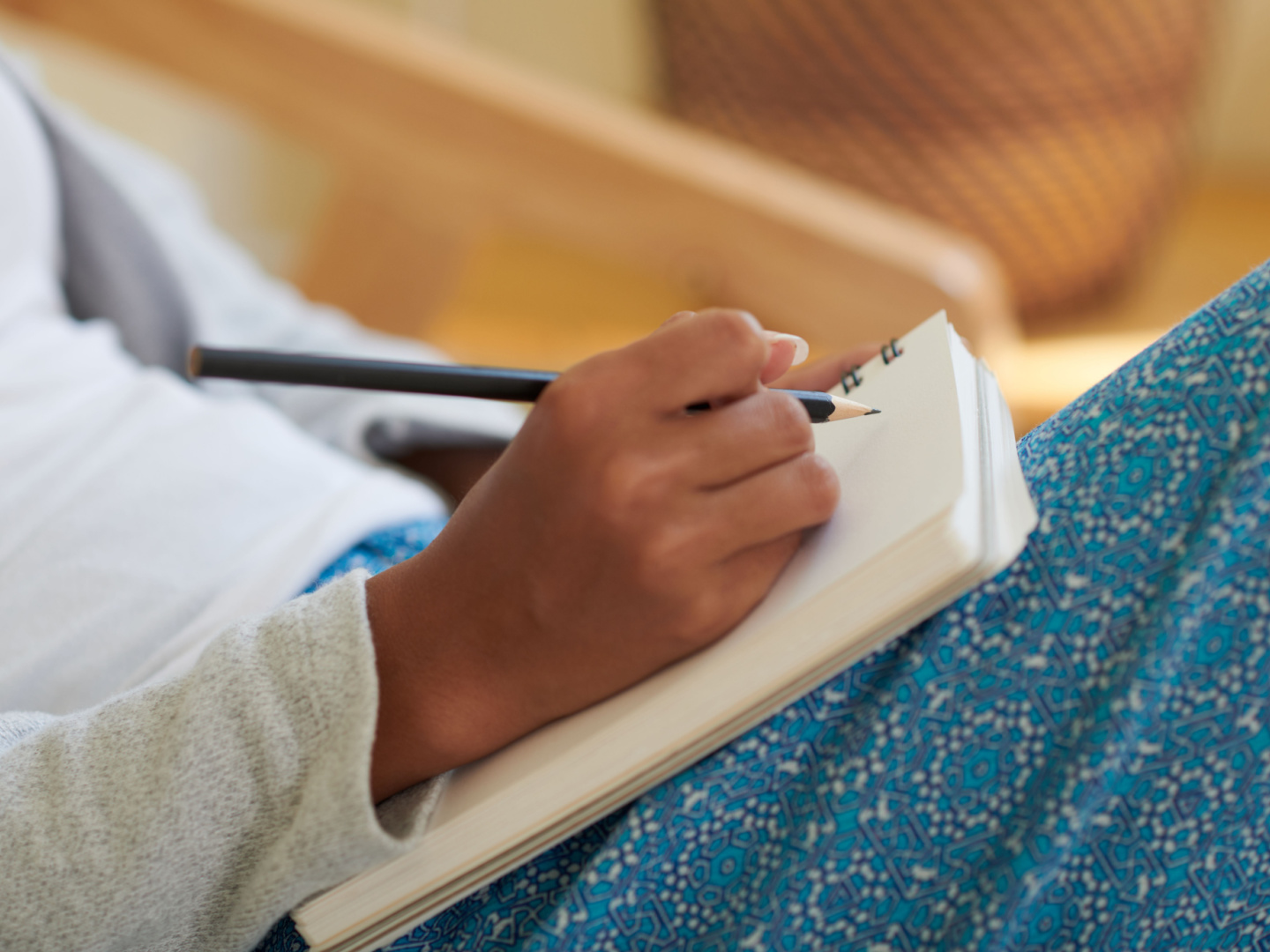For many, giving thanks for the good things in life is centered around holidays and other life experiences. But practicing an attitude of gratitude with paper throughout the year can provide several mental — and even physical — health benefits.
According to Harvard Health, gratitude is consistently associated with greater happiness, as it helps people focus on positive emotions, manage adversity and build relationships. It can give hope and boost your mood. Practicing gratitude reduces stress and anxiety and builds emotional resilience. It can also help you sleep better, according to psychological research.
Developing this practice only requires two objects — paper and a pen — and dedication to taking time to think about what makes you feel thankful.
Read on to learn three ways you can practice an attitude of gratitude with paper and support your mental wellbeing.
Get a gratitude journal or make your own.
As gratitude journaling has grown in popularity, there are many choices available on the market, including paperback and hardbound journals that are ready to use, bullet journals and custom-built versions that may include planning pages.
Depending on your personality and preferences, the quality of your gratitude journal may make developing the practice of gratitude more compelling for you. If you use a bullet or blank journal, you can use your creativity or artistic gifts to organize your gratitude journal however it works best for you, or take the practice a step further and draw the things you are grateful for.
If you don’t want to purchase a gratitude journal, consider printing some templated pages to express an attitude of gratitude with paper. Our friends at the Paper and Packaging Board have created free printables you can download and print as needed.
Write down what you’re grateful for — the big things and the small things.
The action of writing by hand has many cognitive and mental benefits, such as helping you become more in tune with your emotions and thoughts. It’s a great way to create an attitude of gratitude with paper.
If you are intimidated by the idea of maintaining a gratitude journal, consider using scrap paper or sticky notes that you can display on your wall or mirror. Keep it simple. Write down one person, place, thing or activity you are grateful for on each piece, then place them somewhere you can see them regularly. This will help remind you of the positive things in your life.
Regardless of your chosen method, writing down what you are thankful for can have a positive impact on your overall wellness.
Send personalized thank-you notes.
Writing down what you are grateful for is a significant part of developing an attitude of gratitude with paper.
Expressing gratitude by writing thank-you notes is good for you, and it’s also good for the person to whom you’re expressing gratitude. Sharing gratitude inspires positive emotions and can help build relationships.
If you’re not sure where to start with your thank-you card, get some inspiration from the experts at Hallmark and American Greetings.
Writing meaningful notes and letters can leave a lasting impression. While text messages, social media and email can be convenient, they are often less meaningful than a personal card.
